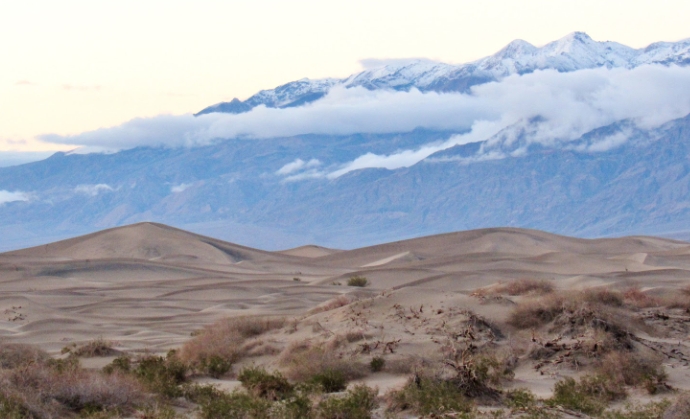Uncovering the Secrets of Ancient Landscapes: A Look Into Historical Geomorphology
What is historical geomorphology?
Historical geomorphology is the study of how landscapes have evolved over time through natural processes such as erosion, weathering, and deposition. By examining the landforms and sediments left behind by these processes, researchers can uncover valuable information about the Earth’s past environments and ecosystems.
How do researchers study ancient landscapes?
Researchers use a variety of techniques to study ancient landscapes, including aerial photography, remote sensing, and field observations. By analyzing the shapes and patterns of landforms, as well as the composition of sediments, researchers can reconstruct the geological history of a region and uncover key insights into past climates and ecosystems.
What can historical geomorphology tell us?
Historical geomorphology can tell us a great deal about how landscapes have changed over time and how human activity has impacted the environment. By studying the processes that have shaped the Earth’s surface, researchers can gain a better understanding of past geological events, such as earthquakes, volcanic eruptions, and glacial advances.
Why is historical geomorphology important?
Historical geomorphology is important because it helps us to better understand the Earth’s past and predict how landscapes may change in the future. By studying ancient landscapes, researchers can identify areas that are at risk of natural disasters, such as flooding or landslides, and develop strategies to protect vulnerable communities.
In conclusion, historical geomorphology is a powerful tool for unlocking the secrets of ancient landscapes and gaining a deeper understanding of the Earth’s geological history. By studying the processes that have shaped our planet over millions of years, researchers can uncover valuable insights into past environments and ecosystems, helping us to better protect and preserve our natural world for future generations.

